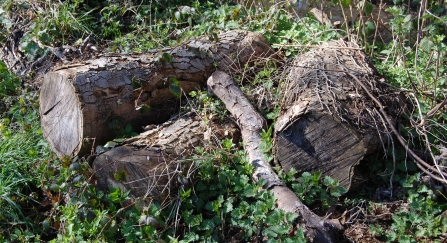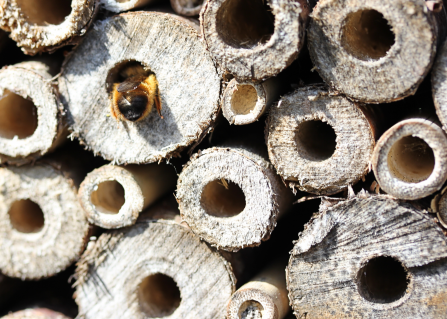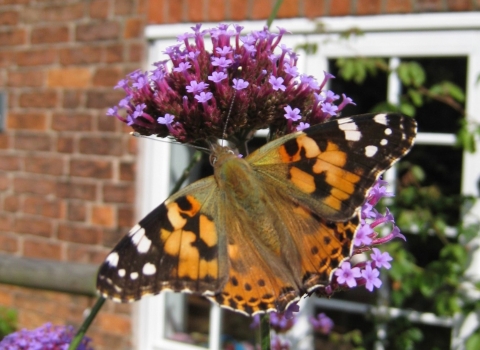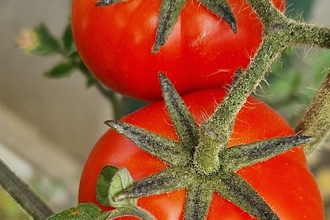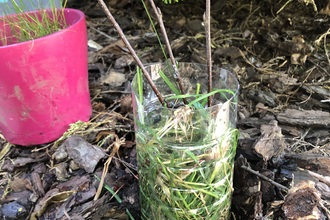This is an area I feel more comfortable advising on. In my career working for conservation organisations, I have supported many people to make wildlife homes, and helped lots of community spaces create hiding places.
Hiding places
There are many different ways you can provide habitat for wildlife in your garden.
- Piles of wood or leaves in a shady place can work for invertebrates and their predators like toads or hedgehogs. This is a very easy option!
- A rockery is good for invertebrates and amphibians. Regardless of how you plant it up, wildlife will find shelter in between the stones. I helped build one of these in a community garden once and it was the favourite hang-out of frogs
- You could create a wall using old bricks or rocks leaving plenty of gaps for wildlife
- A hibernaculum is for amphibians and reptiles to hibernate (but will be used by other animals). You can create one with a loose pile of rocks, bricks, logs and branches, covered over with soil. Ideally, you would make it big enough to not freeze in the middle over wintertime, so a metre or a metre and a half. You can dig down for extra protection and use the soil to pile on top. I have made a couple of these at a community gardens in Peterborough, and we used it as a way of getting rid of untidy-looking bits like broken pots and stones that had accumulated around the garden.


